FuJing Lighting - Pursue quality and cast high-quality goods.
Home / News / Why Are LED Stadium Lights the Future of Outdoor Sports Lighting?
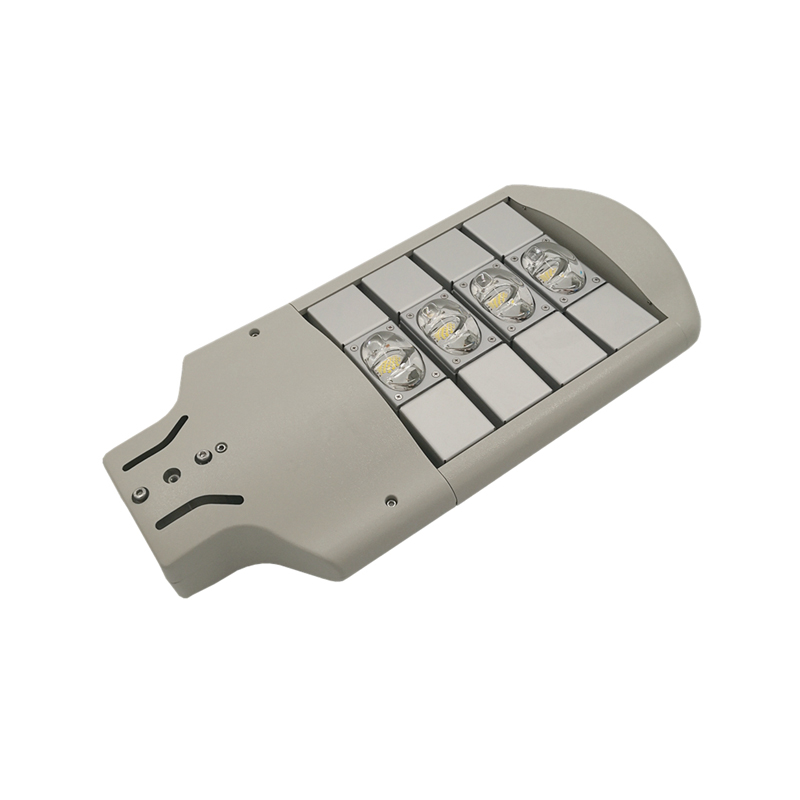
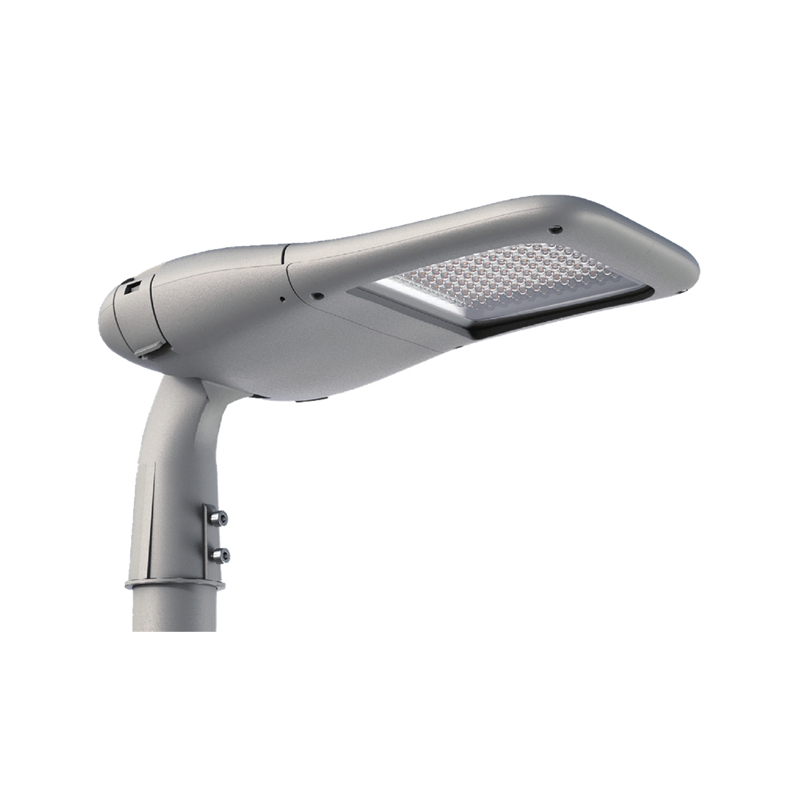
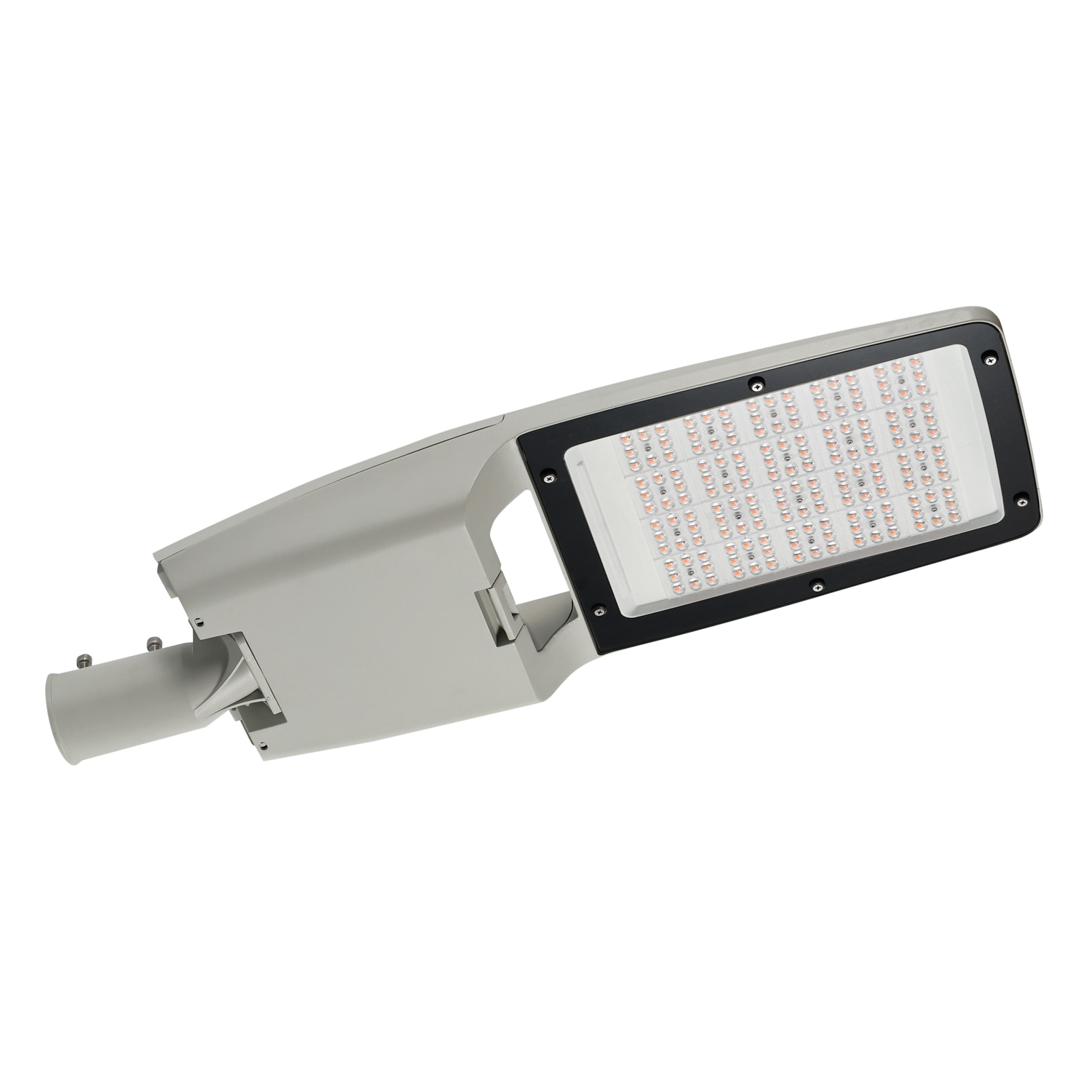



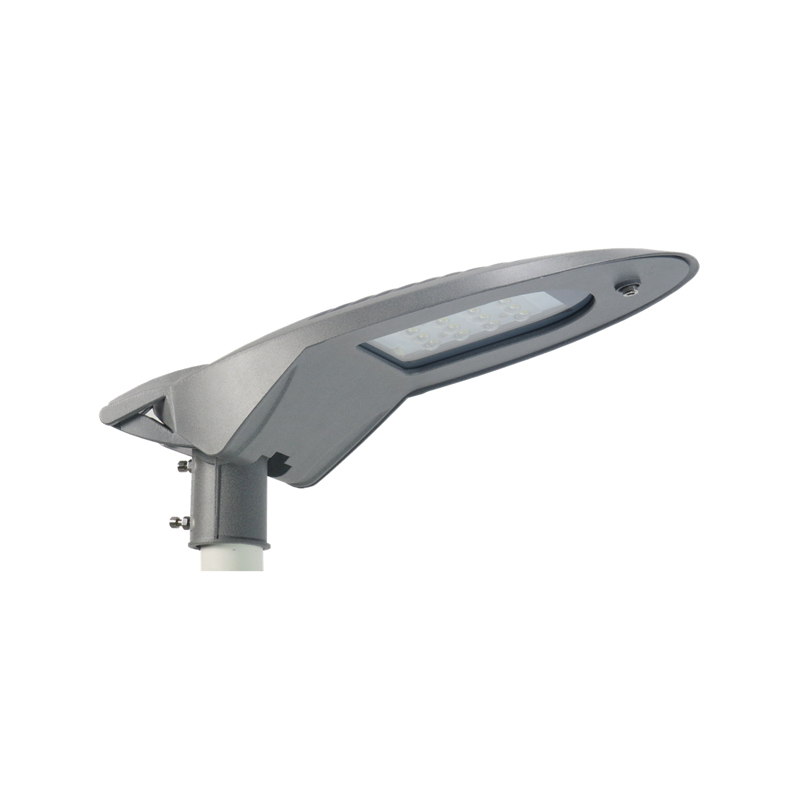
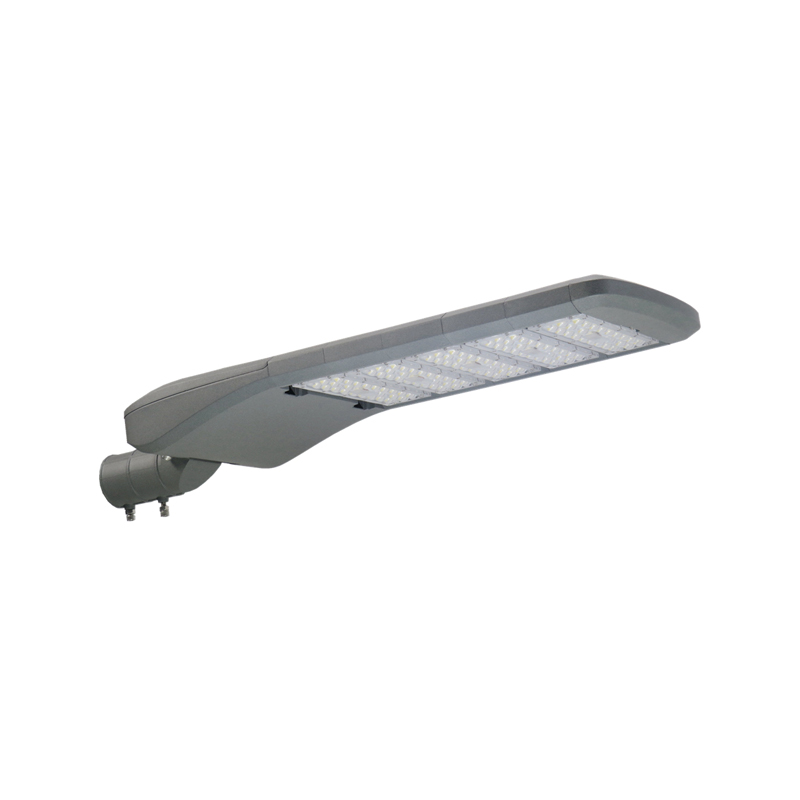
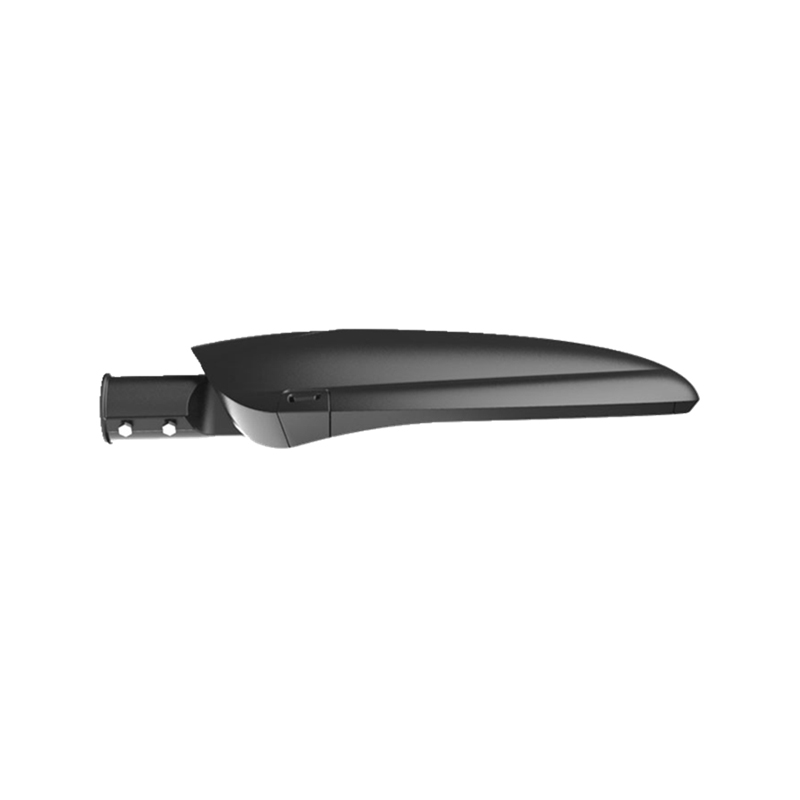

Every conversation starts somewhere. Raise your query here to start a healthy conversation